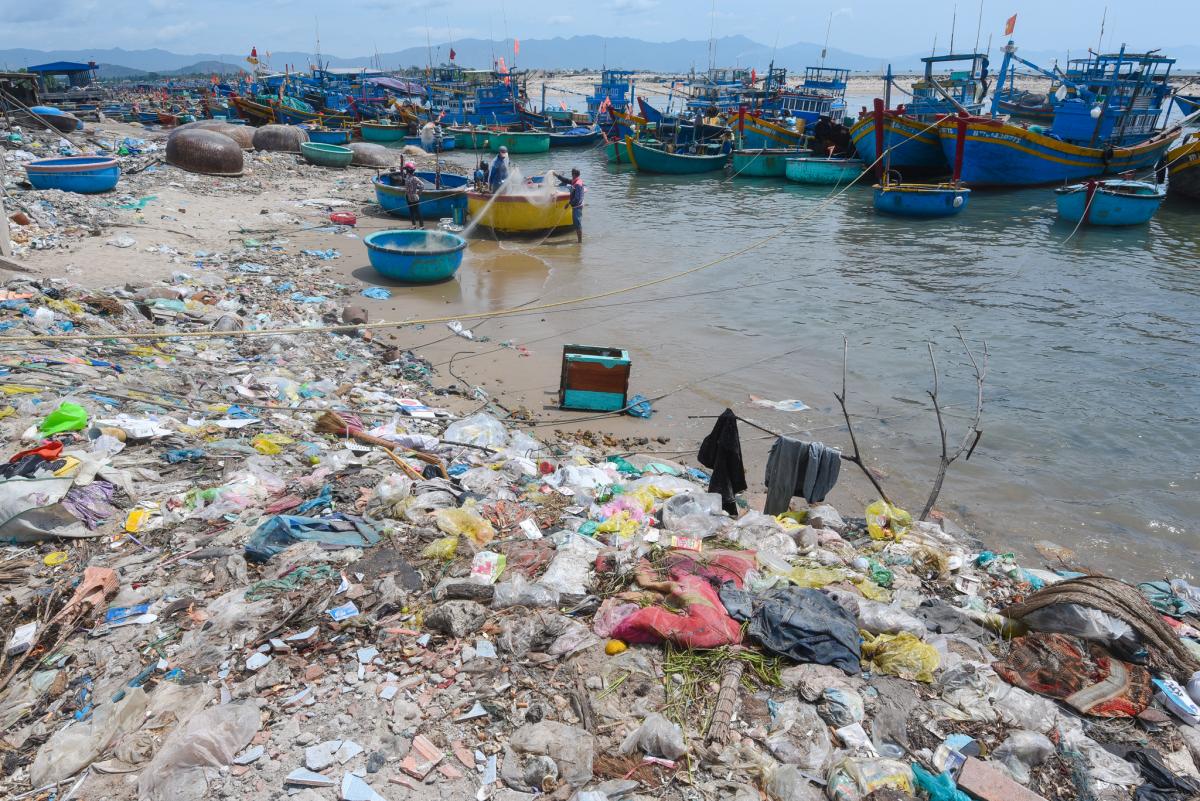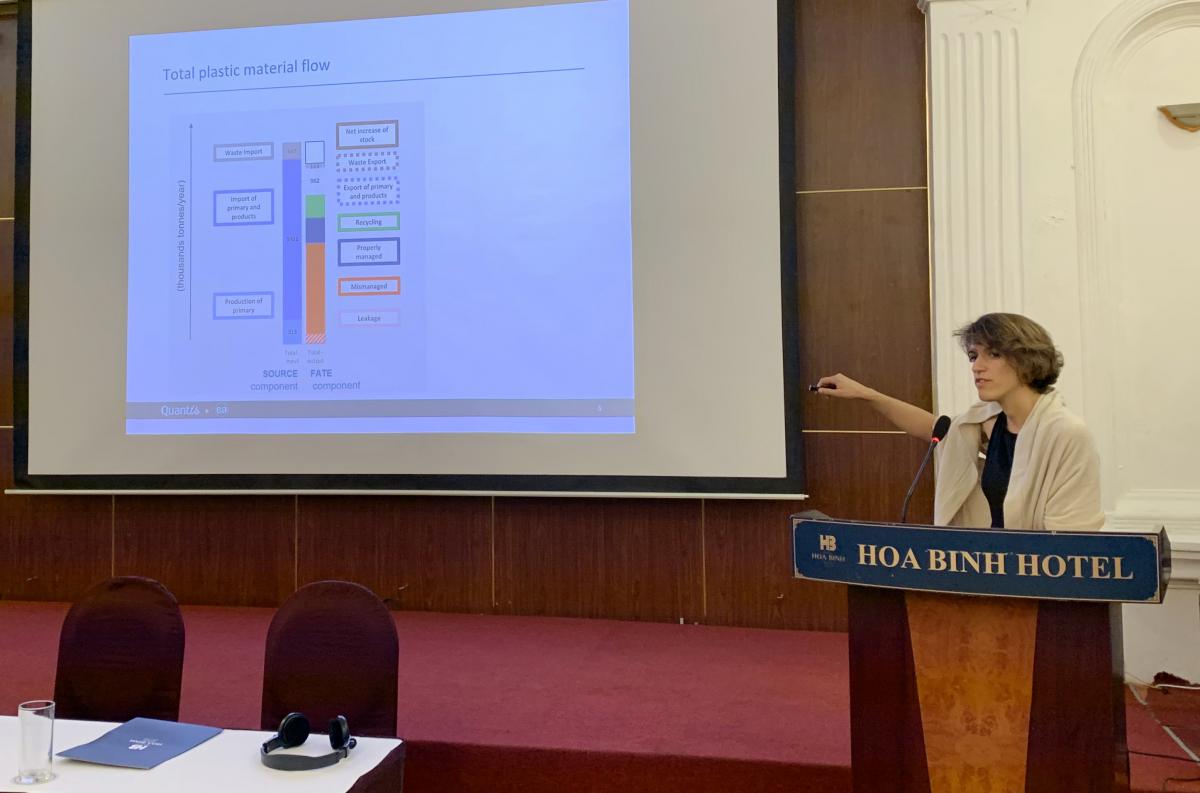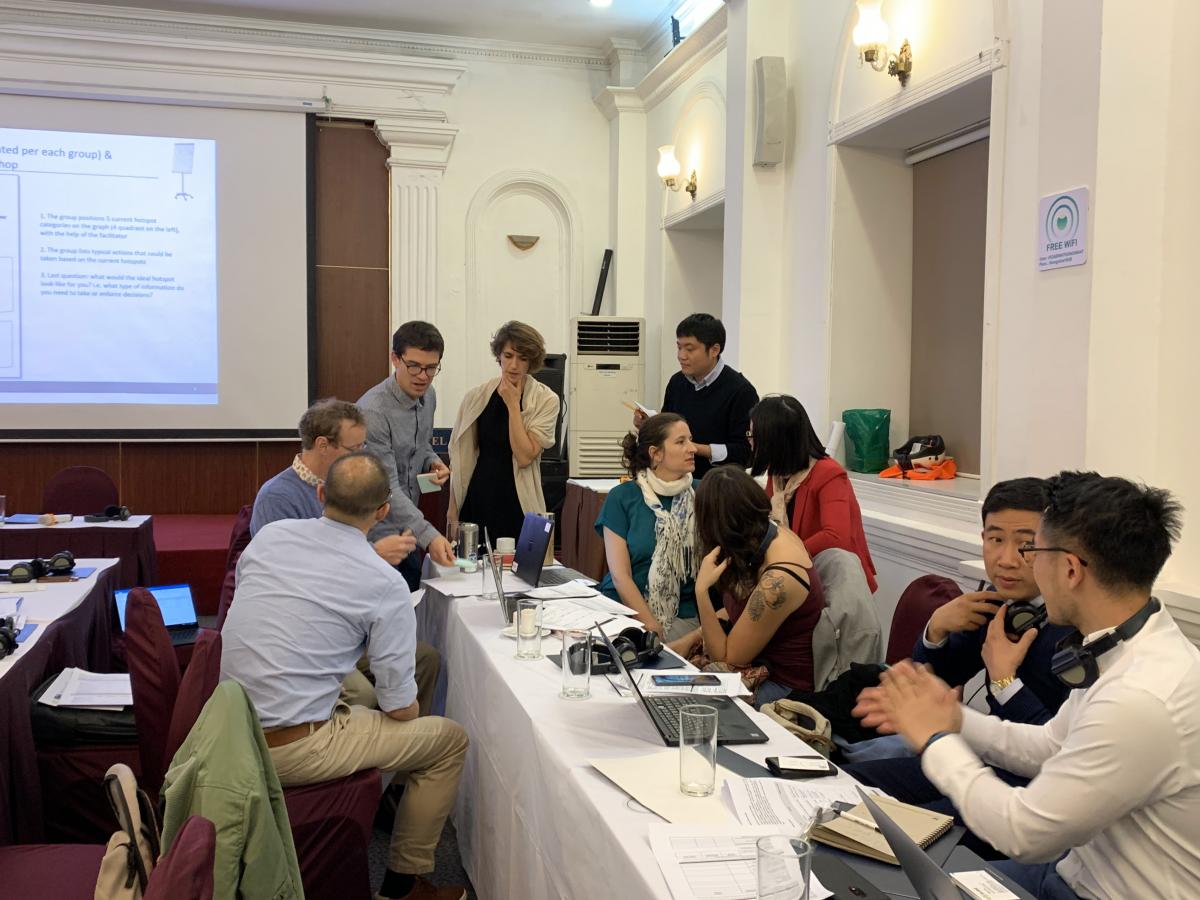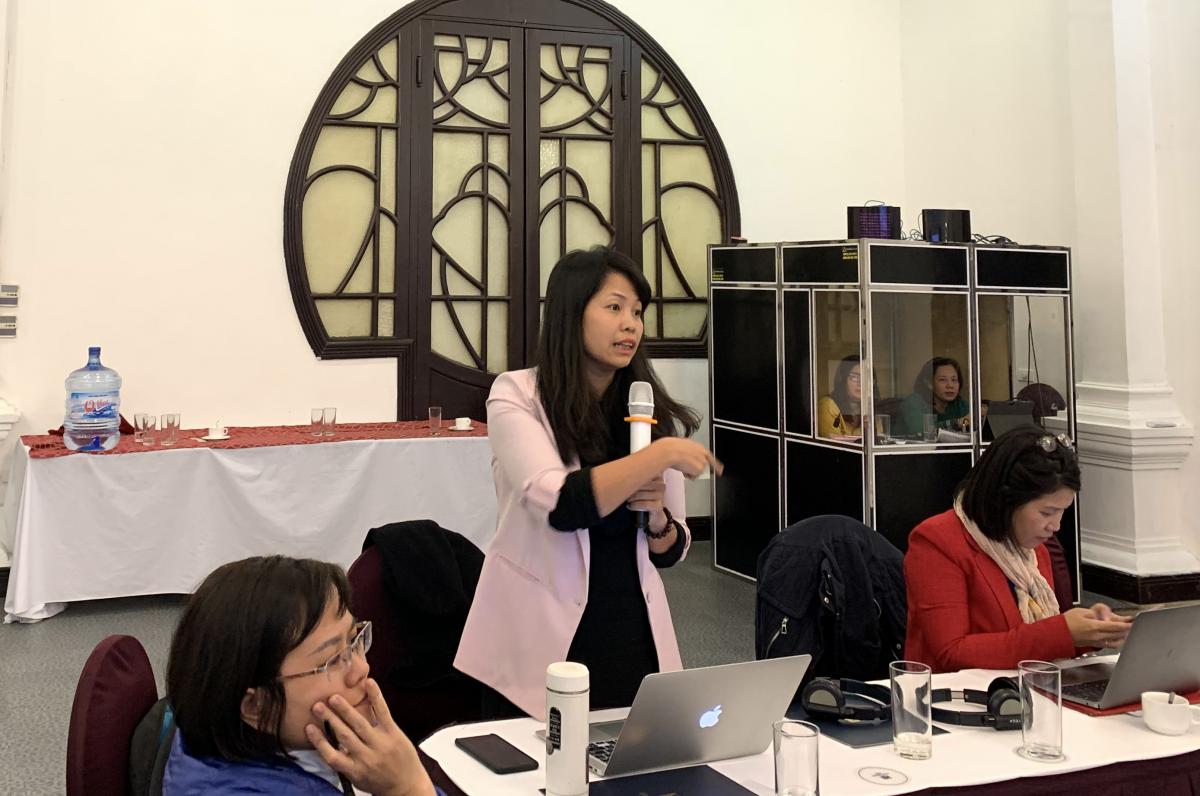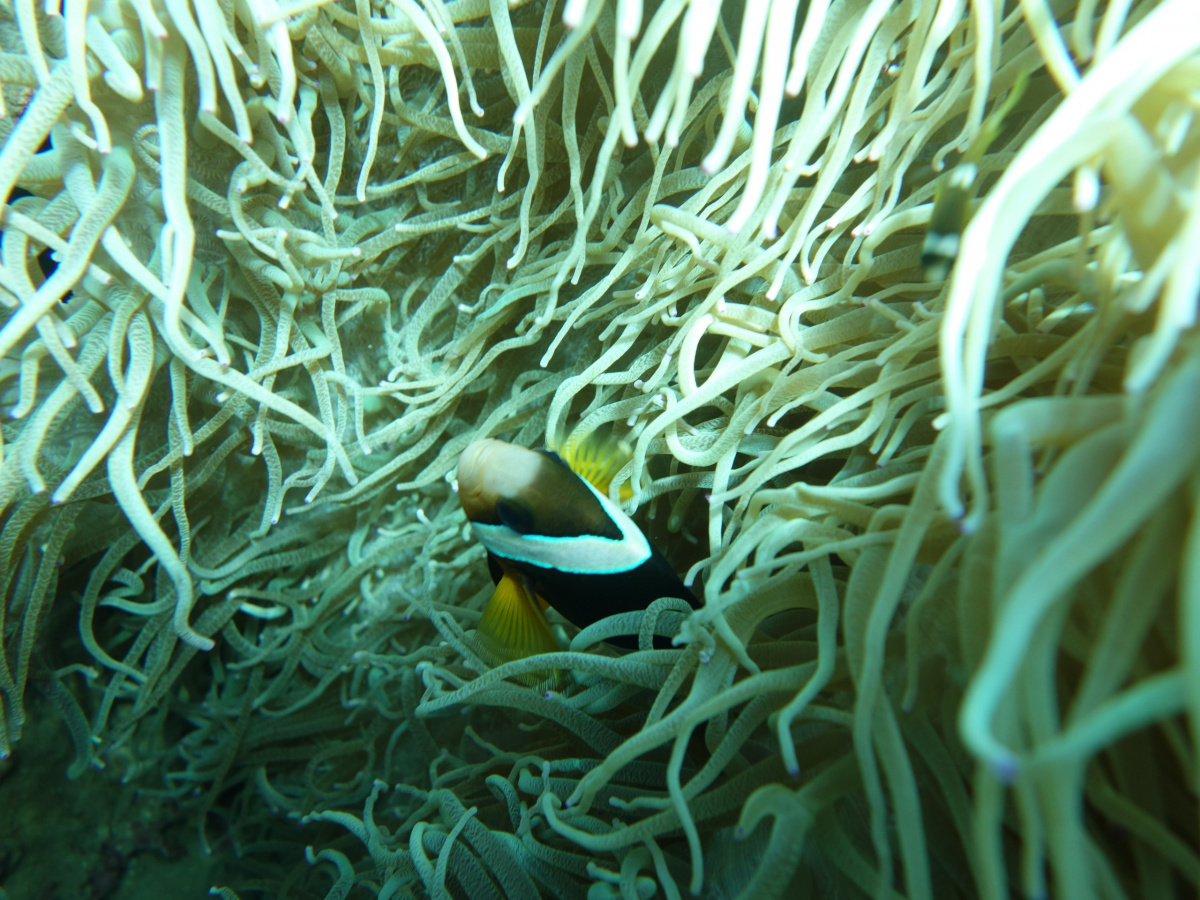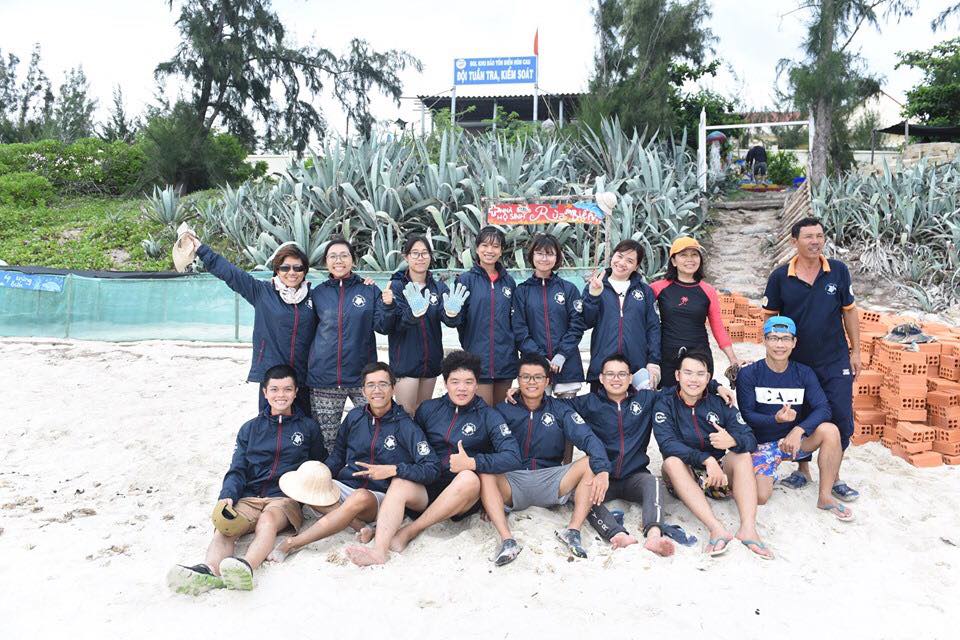Prioritising interventions to abate plastic pollution through plastic pollution hotspot methodology
At the World Water Week in Sweden in August 2019, IUCN launched a report on the need to develop a standard methodology to measure the extent of plastic pollution. To meet this need, IUCN and UN Environment Programme developed a “National Guidance for Plastic Pollution Hotspotting and Shaping Action” with the technical assistance of Quantis (https://quantis-intl.com/) and Environment Action (EA) (http://www.shaping-ea.com/). This methodology is designed to enable countries prioritize different measures to reduce plastic pollution by identifying plastic leakage hotspots along the full value chain.
Three key elements of this methodology are identifying hotspots, prioritizing areas of intervention to mitigate leakage, and instruments to implement interventions. The methodology is implemented through a technical stream and a strategic decision making stream. The former consists of quantitative analyses at national, sub-national or local levels focused on hotspot diagnosis, and the latter involves development of action plans. Key players in the technical stream are environmental experts; key players in the strategic stream are government, NGOs and private sectors.
Following the design process in 2019-2020, the methodology will be piloted in 10 countries and one city: Cyprus, Kenya, Mauritius, Menorca, Mozambique, South Africa, Thailand and Viet Nam, and Sao Paulo (Brazil). The first country where the methodology has been tested is Viet Nam at a workshop on “National Guidance for Plastic Pollution Hotspotting and Shaping Action” on December 10, 2019 in Ha Noi.
The workshop was organised by IUCN and the French Institut de Recherche pour le Développement (IRD) as part of IUCN’s MARPLASTICCS initiative funded by Swedish International Development Cooperation Agency (Sida) and “Creating an Observatory for Measuring Plastic Occurrences in Society and Environment” (COMPOSE) financed by the French Ministry of Europe and Foreign Affairs.
The workshop began with a presentation from Save our Seas. Over the past two years, the organization has photographed plastic polluting all along Viet Nam’s 3,000-km coastline. The photos deliver a grave message of how plastic affects fishing communities and the importance of improved waste disposal.
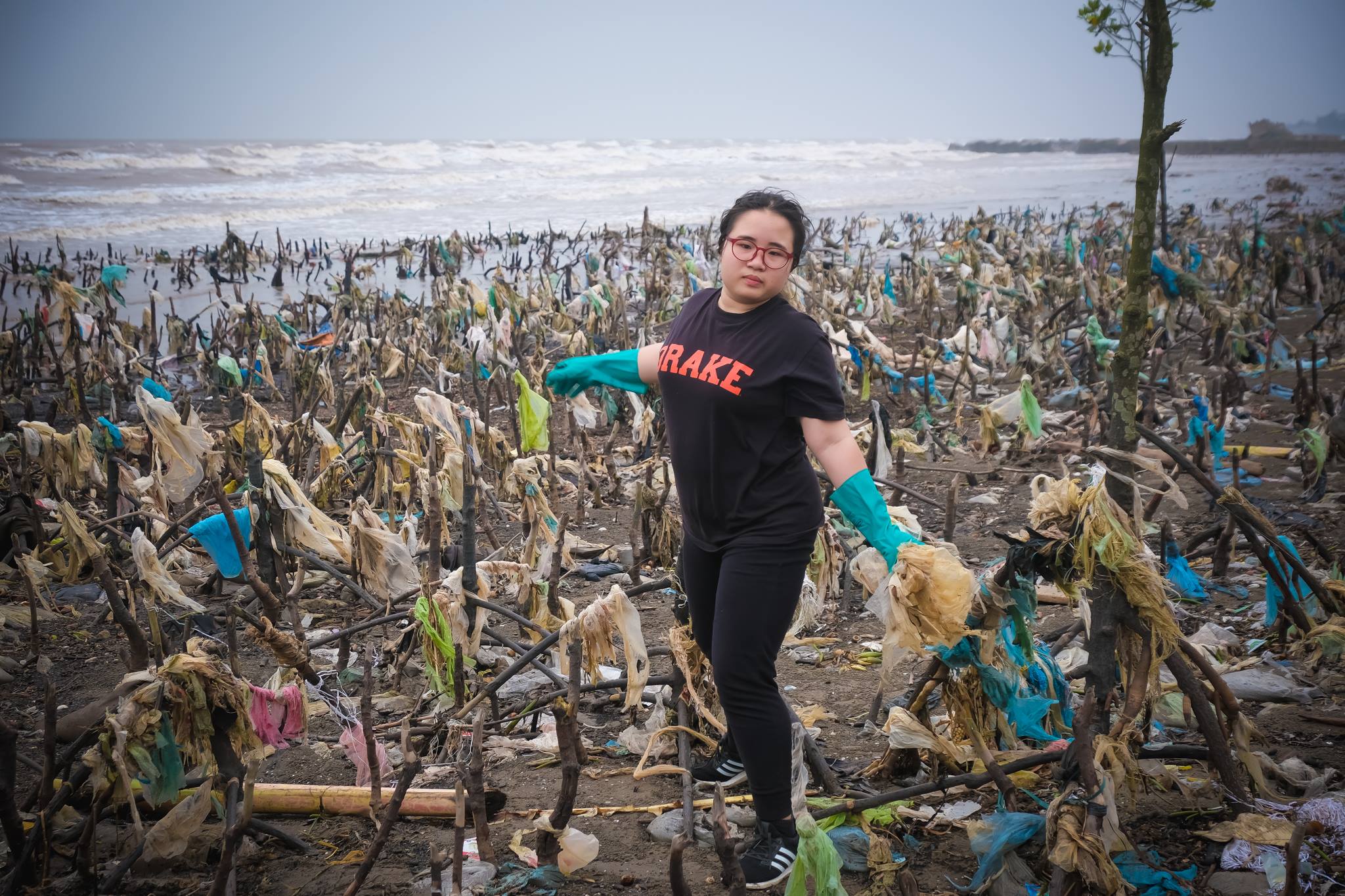 Photo: A girl was trying to clean up plastic waste trapped in the trees in Nam Dinh beach © Hung Lekima
Photo: A girl was trying to clean up plastic waste trapped in the trees in Nam Dinh beach © Hung Lekima
Quantis/EA specialists then presented the draft hotspot results for Viet Nam along five “dimensions”: plastic polymer type, sector, application, source and waste management. For each dimension, the three highest leakage point/contributors was identified.
A limitation of these preliminary results is that they are mainly based on secondary data. The research team is collecting data and meeting stakeholders in Viet Nam. Data from a plastic waste monitoring programme by IUCN and GreenHub in 11 MPAs in mid-2019 could be good source of information for hotspot identification. Participants also emphasized the importance of identifying the target audience to ensure that the results are relevant.
Government officials responsible for solid waste management in Hanoi, Da Nang, and HCMC presented their experience. Industry representatives also presented. A key point that emerged was the need for more scientific evidence to influence policy.
During group discussions, participants propose interventions relevant to conditions in Viet Nam and ways to improve the methodology. Most interventions were considered high impact/low feasibility, including informal sector enforcement, Extended Producer Responsibility, licensing imports of waste plastic, waste separation at source, composting and expanding solid waste collection in rural areas. Moving from low to high feasibility would require a major improvement in government solid waste management effectiveness.
The workshop showed that many measures exist to reduce plastic pollution in Viet Nam but that it seems unrealistic to implement them all together. The aim of the hotspot methodology is to help Viet Nam prioritize the most impactful measures based on the plastic hotspot identification. The final methodology with revised guidance, modules, and tools will be published in late 2020.
